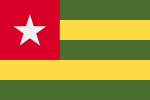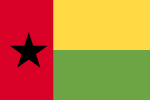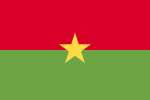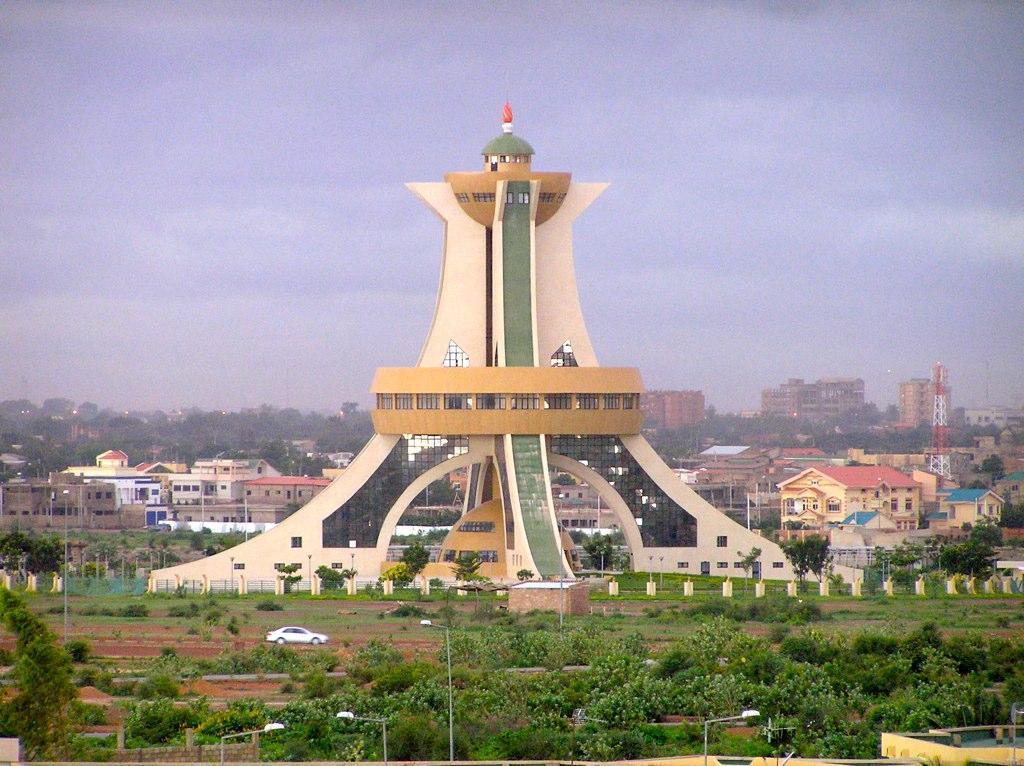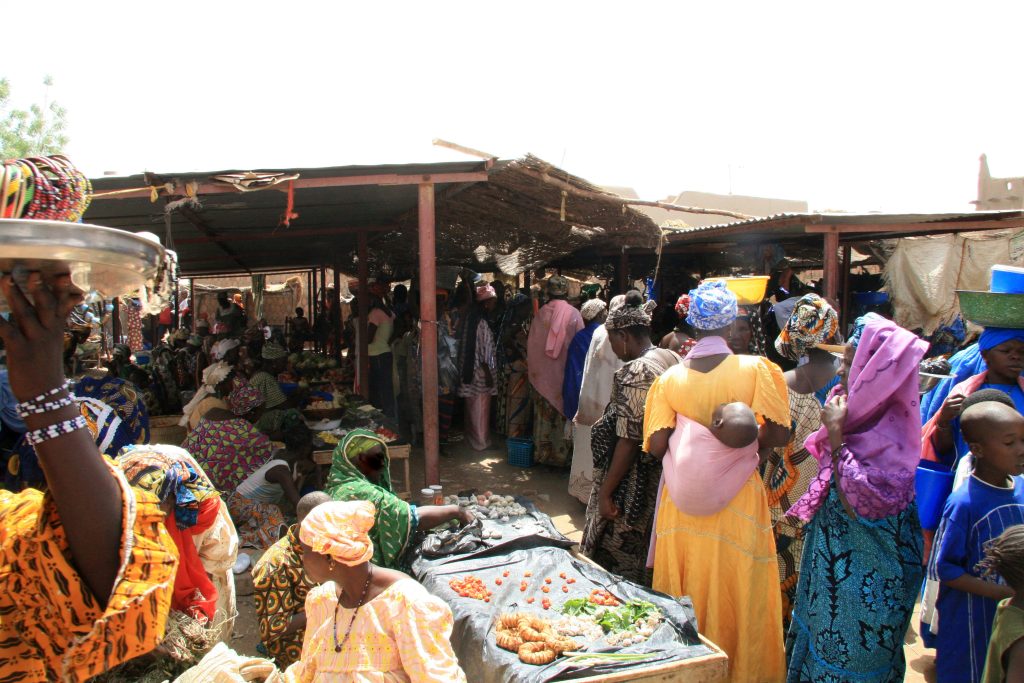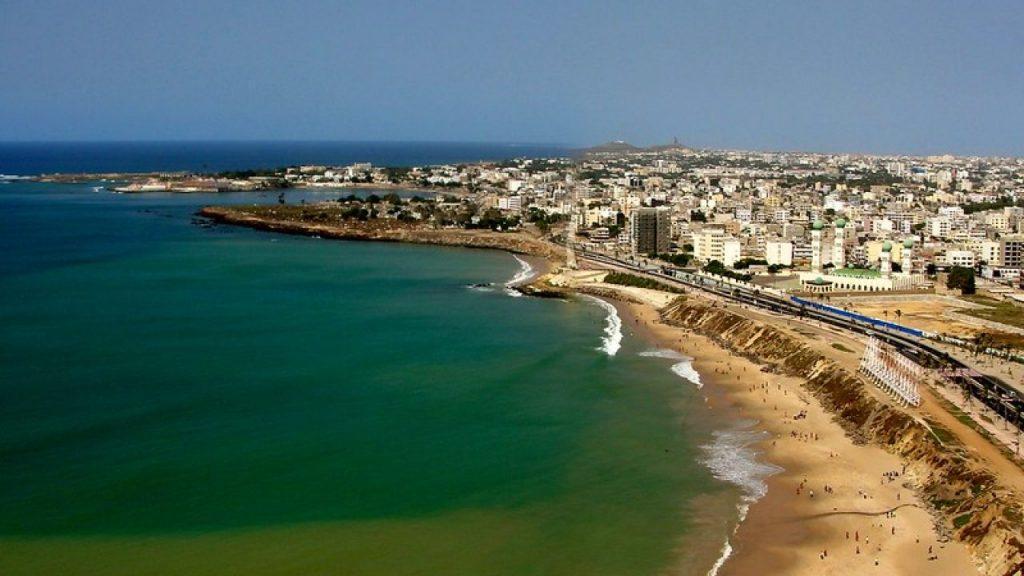Despite the difficult security environment, Burkina Faso experienced sustained economic growth between 2016 and 2019 with an estimated average growth rate of 6.1%. With the advent of COVID-19, the economy of Burkina Faso has been resilient and dynamic, recording growth of 6.9% in 2021 compared to 1.9% in 2020. This evolution is explained by the good performance of the secondary sector and the recovery of activities in the tertiary sector, which had been negatively impacted by COVID-19 in 2020. According to forecasts by the General Directorate of Economy and Planning (DGEP), the growth of Burkina Faso's economy is expected to slow down in 2022, to 4.2%, linked to an unfavorable international economy.
Sustained growth despite challenges
The economy of Burkina Faso has been severely tested in recent years. The popular uprising in 2014, the political instability marked by coups d’etat in 2015 and 2022, the security situation and the COVID-19 health crisis have been obstacles to the development of the national economy.
Despite this unfavorable context, the economy of Burkina Faso has recorded remarkable growth over the past five years thanks to the implementation of the first phase of the National Economic and Social Development Plan (PNDES, 2016-2020). The growth of the Burkina Faso’s economy increased from 6.0% in 2016 to 6.2% in 2017 before reaching 6.6% a year later. It stood at 5.7% in 2019 before slowing to 1.9% in 2020 due to the adverse effects of COVID-19 on activity.
The Burkina Faso’s economy returned to its pre-COVID-19 momentum in 2021 with real GDP growth estimated at 6.9% in 2021, driven mainly by the tertiary (+12.6%) and secondary (+8.2%) sectors.
The tertiary sector, the main source of production
Burkina Faso’s economy remains heavily dominated by the tertiary sector. Although the tertiary share decreased slightly between 2019 and 2021, from 43.5 % to 43.1%, it is still the main source of production for the country. After suffering a decline of 2.7% in 2020 following the measures taken to counter the evolution of COVID-19, the value added of the tertiary sector increased by +12.6% in 2021, driven by the good performance of the market and non-market services sectors
and the trade sector.
As for the secondary sector, it appears to be the second source of production in the country with a contribution to GDP of 29.9% in 2021 against 26.6% in 2020. Its value added increased by +8.2% in 2021 after +5.8% in 2020, mainly due to the dynamics of activity in industries and construction. This performance allowed the secondary sector to contribute for 2.4 percentage points to real GDP growth in 2021 after a negative contribution a year earlier.
The primary sector has represented an average of nearly 21.0% of GDP over the past five years. The value added of this sector fell by 6.4% in 2021 after an increase of +6.5% a year earlier. The sector was strongly impacted by the poor 2021-2022 crop year, particularly that of subsistence agriculture (-7.5%). The good performance of cotton (+6.6%), livestock (+2.8%) and the forestry, hunting and fishing subsector (+5.2%) helped to mitigate the underperformance of subsistence agriculture. Thus, the contribution to growth in the primary sector was -1.3 percentage points in 2021 compared to +2.5 percentage points a year earlier.
A National Plan based on development priorities
Like the other member states of the West African Economic and Monetary Union (WAEMU), Burkina Faso has adopted a National Development Plan for the period 2021-2025 to achieve its development objectives. Called Second Economic and Social Development Plan (PNDES II)”, as an extension of the 2016-2020 plan, the PNDES II is part of a development agenda, focusing on peace, security, justice, human rights and the transformation of the structure of the economy.
PNDES II is divided into four strategic axes which are: (i) Axis 1: Strengthening resilience, security, social cohesion and peace, (ii) Axis 2: Deepening institutional reforms and modernizing public administration, (iii) Axis 3: Strengthening the development of human capital and national solidarity and (iv) Axis 4: Boosting promising sectors for the economy and employment.
However, the national development framework has been reviewed following the political transition that the country is going through. It thus led to the creation of a Transition Action Plan (PAT) adopted for the period 2022-2025 with the following prerogatives:
– The fight against terrorism and the restoration of territorial integrity.
– The response to the humanitarian crisis.
– Improving governance.
– And finally, national reconciliation and social cohesion.
For a more complete view of Burkina Faso’s economy and investment prospects, download the country’s Information note available here.
Source: Information note from Burkina Faso – November 2022





